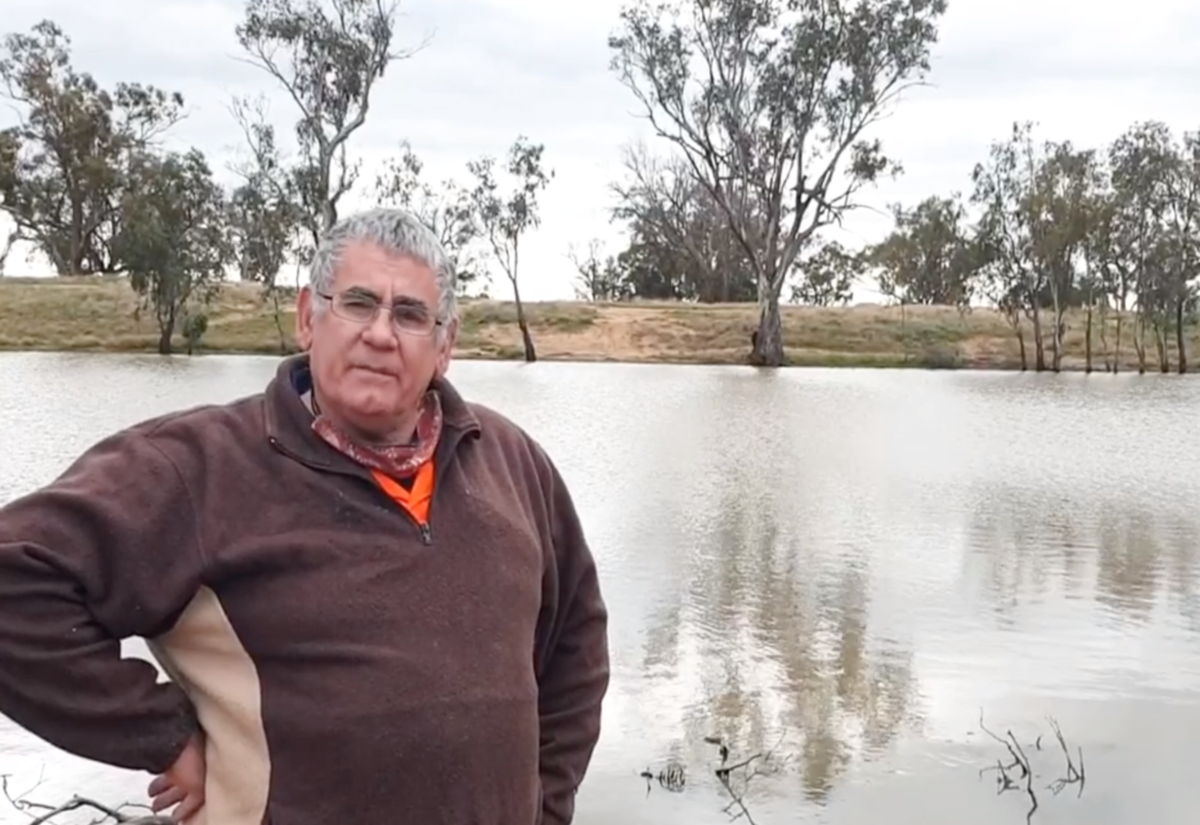Soothing the scars of the past with Macquarie River name change
Laura Williams
25 December 2021, 8:36 PM
 Trangie Local Aboriginal Land Council (LALC) Cultural and Heritage Officer Anthony Lees said that not having to say Macquarie and the trauma that it represents is a necessary change. (Image: Nature NSW via Facebook)
Trangie Local Aboriginal Land Council (LALC) Cultural and Heritage Officer Anthony Lees said that not having to say Macquarie and the trauma that it represents is a necessary change. (Image: Nature NSW via Facebook)An old name has become new again, after the ‘Wambuul’ has been officially recognised as the dual name for the Macquarie River.
Wambuul, the traditional Wiradjuri name for the Macquarie River, has now been approved by the NSW Government as its dual name, meaning that it can be recognised by both its Aboriginal and non-Aboriginal name
This means that it can be recognised by both its Aboriginal and non-Aboriginal name.
The name change was proposed by the Bathurst Local Aboriginal Lands Council (LALC) and means ‘winding river’ in the Wiradjuri language.
During the process, support was sought from other LALCs along the length of the river including Warren and Trangie.
Trangie Local Aboriginal Land Council (LALC) Cultural and Heritage Officer Anthony Lees said that given the dark history associated with the naming of the Macquarie River, it’s a relief for him to see the change.
“After settlement we didn’t agree with a lot of places that didn’t keep their original names, but this one in particular thorn in the side,” Mr Lees said.
As Mr Lees tells the story, the river was named after explorer Lachlan Macquarie, who ordered massacres of Aboriginals that inhabited the land, hanging their bodies from trees to deter others from returning.
“For us, to have it recognised by its original name means that we don’t have to say the name of someone who sticks in our throat,” he said.
Of course, the river runs through more territories than the Wiradjuri nation, and therefore the name Wambuul might not hold as much significance for every stop along the river.
Mr Lees, who is a Wongaibon-Wailwan man, says that while someone's toes will always be stepped on given the number of nations, the prevalence of the Wiradjuri language when used for trading meant that the river remains widely recognised as Wambuul.
“If you called it the Wambuul, then any language in our area knew what you were talking about,” Mr Lees said.
Across Australia, many geographical features already have traditional names that have been used by the local Aboriginal community for many thousands of years.
The recognition of traditional place names has a strong importance for Indigenous culture, enabling the story and culture of the local Aboriginal community to be shared.
“We’ve had some pretty rough treatment over the years…this (recognition of dual names) goes to show that there is some compassion in the broader population, and some empathy for what we do.
“The general population is happy to recognise our sovereignty over our land…it’s the first time for 250 years that that’s really happened, so it’s an exciting time to be alive,” Mr Lees said.
For Mr Lees, the change is a sign of more to come on the horizon.
“That (Indigenous) voice in Parliament won’t happen anytime soon, but I’m absolutely convinced that it will happen, and hopefully in my lifetime. We’ll keep plugging away and we’ll see where we get,” Mr Lees said.
The names can be used individually or combined, to recognise the Wambuul or Macquarie River.
The dual name will sit alongside the existing name with both names having equal status and being considered official names for the feature. Signposts, maps and directories relating to the area will feature both names.